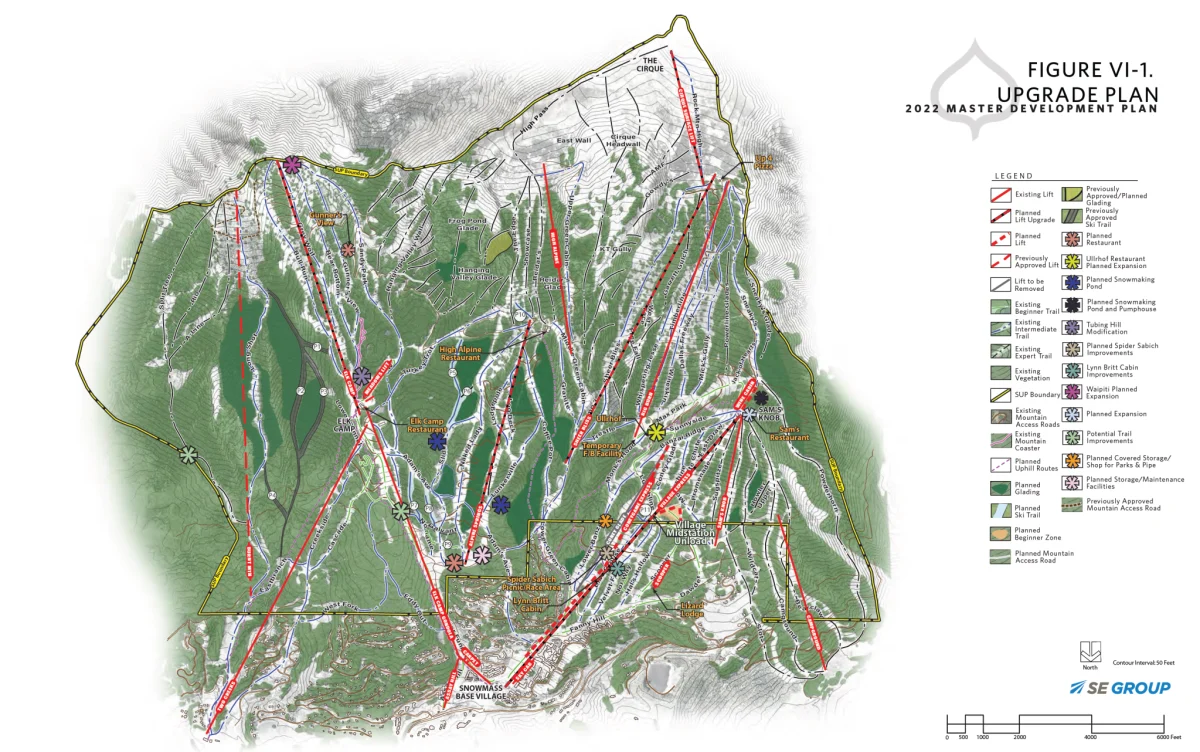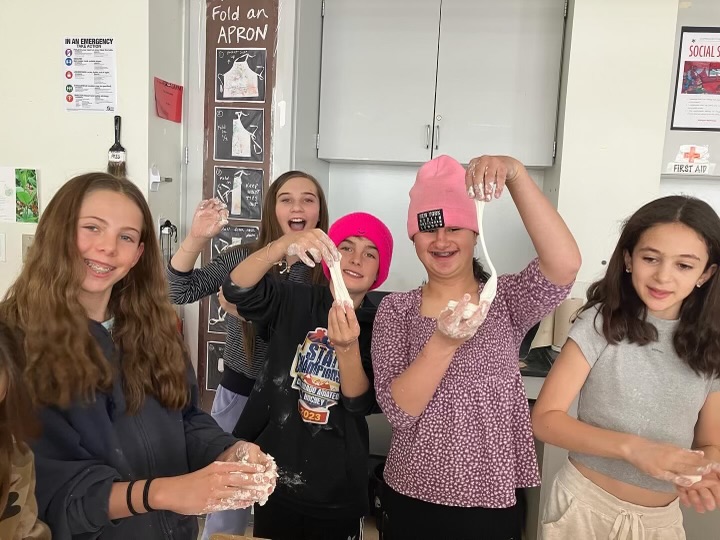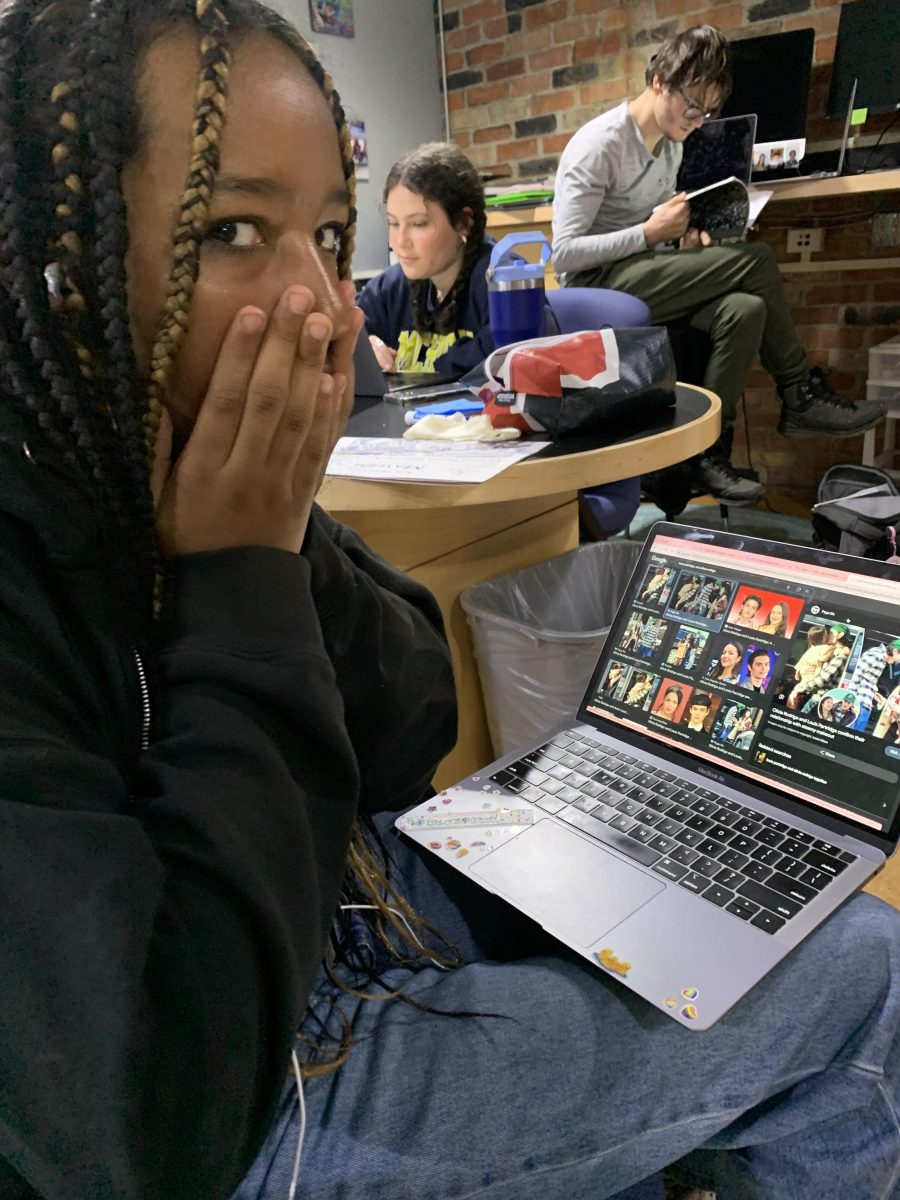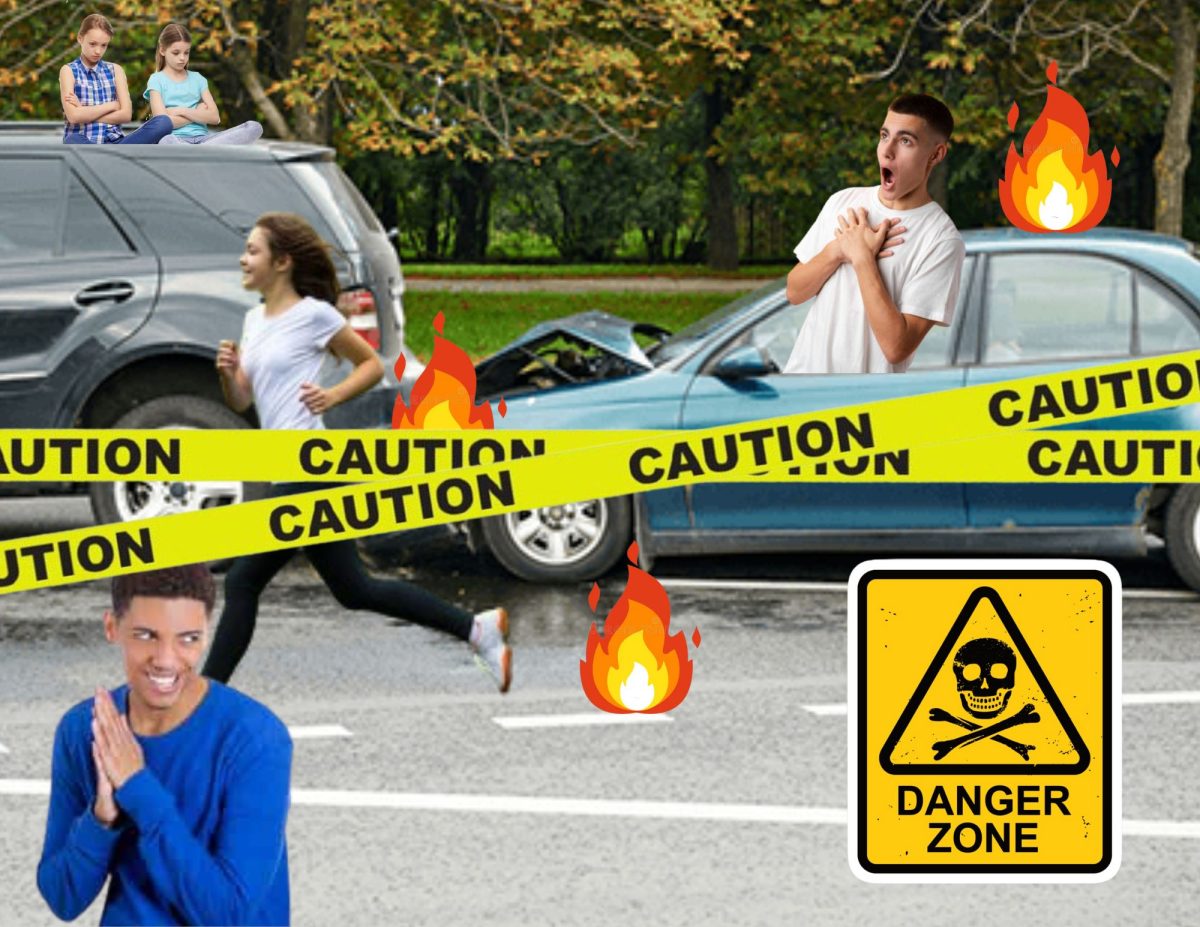TCAP: A Waste of Time?
Hundreds of freshmen and sophomores slumped into AHS on Wednesday morning preparing for a long, grueling day of TCAP testing. AHS teachers and students spend four school days each year taking the standardized test, taking away from learning and time being spent teaching in the classroom. The purpose of standardized testing is to be able to compare students from different parts of the state or country using standard-based curriculum, but is this what the TCAP is achieving?
Schools put so much pressure on the students who are taking the standardized tests because so many decisions are based on the students’ scores. The amount of money the government gives to an individual school is based on the students’ scores. Also, teachers’ jobs are put on the line. Instead of just evaluating what students have learned, the school sees if teachers are good at teaching students to be good test takers. This is not fair for the schools and especially not the teachers. No matter what the teachers do, they cannot force students to do their very best on TCAPS even if they are smart and have been taught all the information. Students may not put in the effort because there is no incentive. Many kids feel as if they are doing the tests for no reason so they may as well not try.
Another disadvantage of the TCAPs is the fact that no matter how good the tests are, they can’t capture everything students are learning, especially for multiple-choice questions. Answering multiple-choice questions by filling in a bubble does not allow students to express themselves and show everything they know.
The TCAP scores are not beneficial because they are only given back to the school, students, and parents months after the test have been taken. Because of this, students are not able to see what they are struggling with and learn and improve upon the subject. This makes TCAPs seem like they are a waste of time for students as well as teachers. Although the intentions and idea of TCAPs is good, it is not a completely accurate and fair way to determine the many things that are based on their results.

Kim is a senior at AHS, and current design editor for the Skier Scribbler.




















